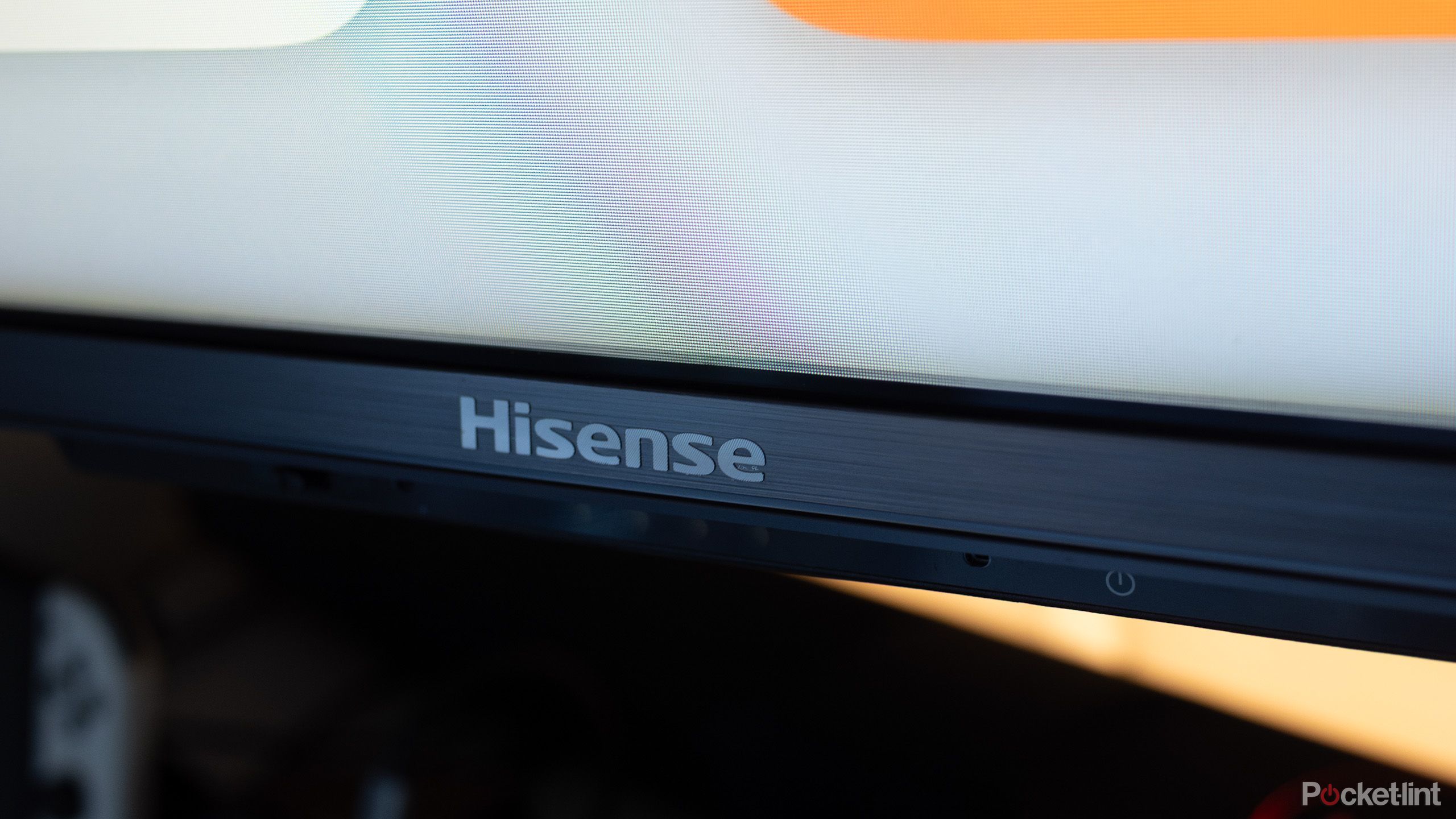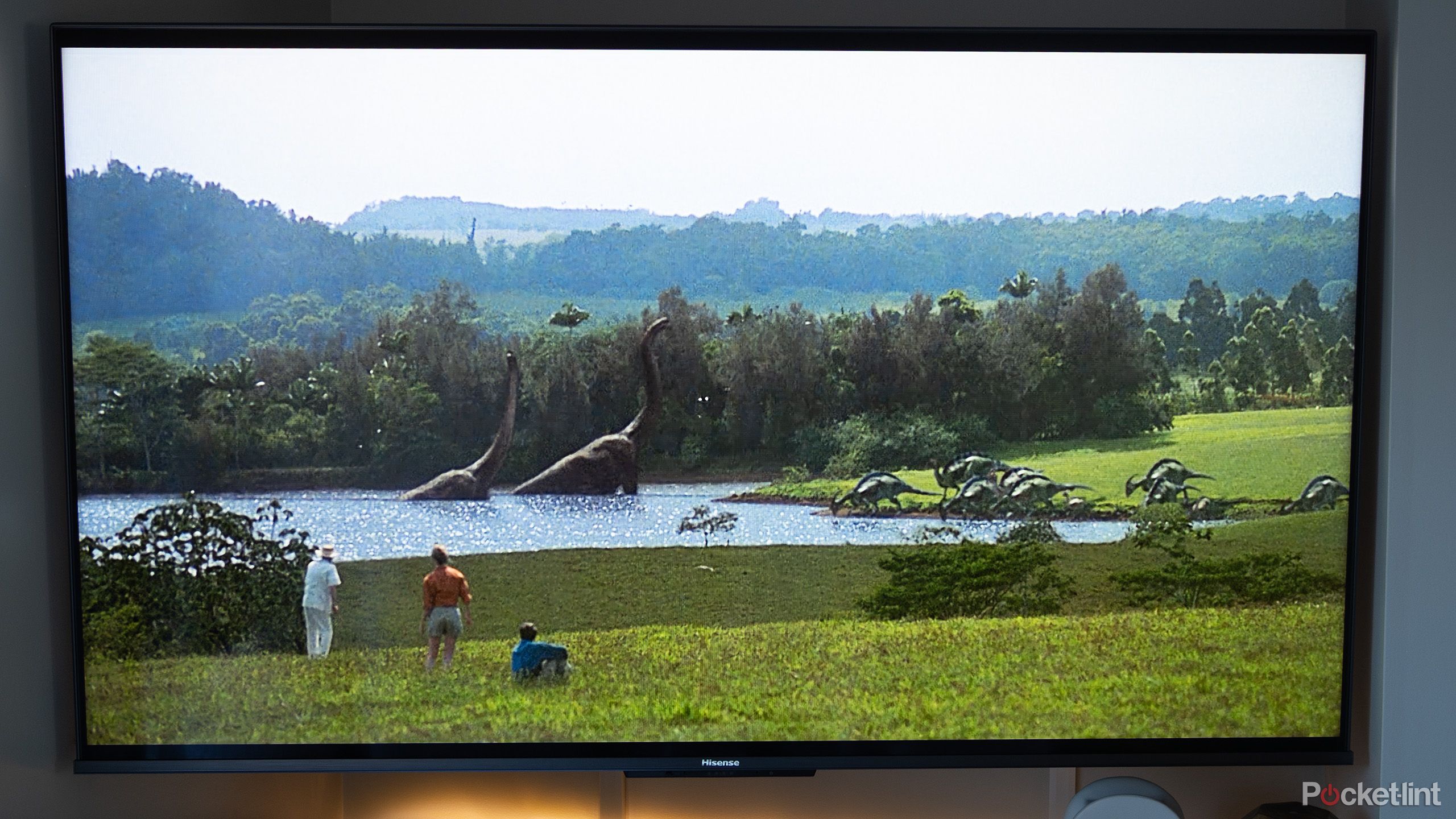Summary
- LG and Samsung make great high-end TVs, but mid-range options from TCL and Hisense are solid alternatives.
- Modern mid-range TVs offer great quality that’s often comparable to high-end TVs at a lower price.
- Consider mid-range TVs from China-based manufacturers for quality features without the hefty price tag of high-end TVs.
“The only TV worth buying is a high-end LG or a top-tier Samsung,” is something I still hear pretty frequently.
While LG and Samsung make some of the best televisions out there, especially when you’re looking at their respective high-end OLED models, you don’t need to break the bank anymore to get your hands on a decent TV.
Companies like Vizio, TCL, Hisense, and more have been offering solid mid-range TVs for several years now. They might not have all the high-end features more expensive TVs from LG, Samsung, and Sony offer, but in a lot of cases, they’re more than good enough for most people — even if you’re like me and care at least a little bit about picture quality.
This reminded me of how good modern mid-range TVs are now…
TVs are the sort of tech that I only research when I’m buying one myself or when someone in my family is looking to get a new television. My dad recently decided it was time to upgrade his relatively low-end LG TV with awful viewing angles (if you aren’t sitting directly in front of the television, you can’t see the picture at all — it’s abysmal). So, over the past few weeks, he’s asked me all kinds of questions about TVs, which has me immersed in the gimmick and buzzword-filled TV world all over again.
This reminded me of how good modern mid-range TVs are now and reiterated a fact I’ve contended for a few years — modern mid-range TVs are actually really great.
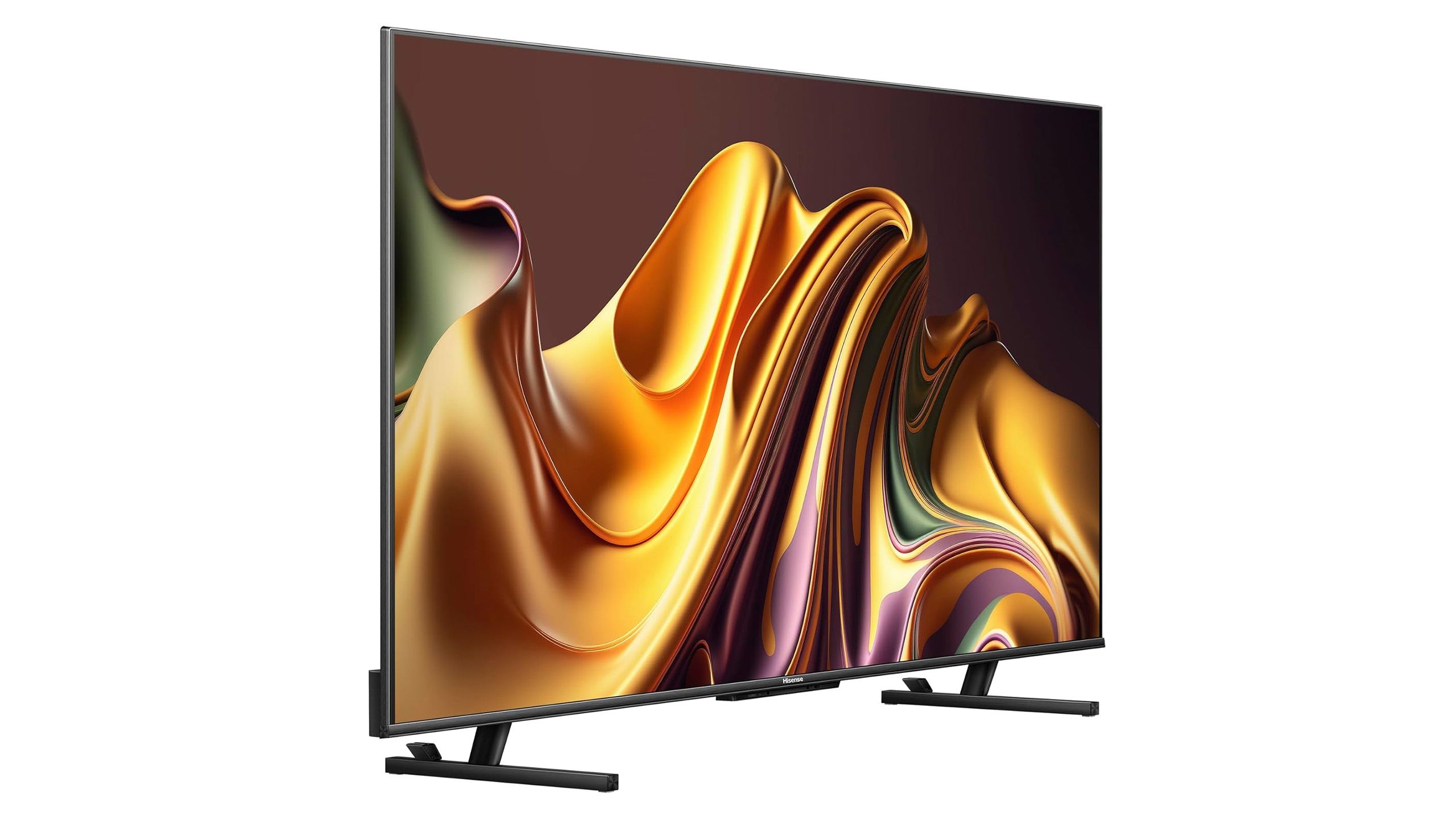
Hisense U8H ULED
If you’re looking for a reasonably priced mid-range television, Hisense’s mini-LED U8H is a great option. The TV supports 4K, a 120Hz refresh rate, and peak brightness of 1500 nits.
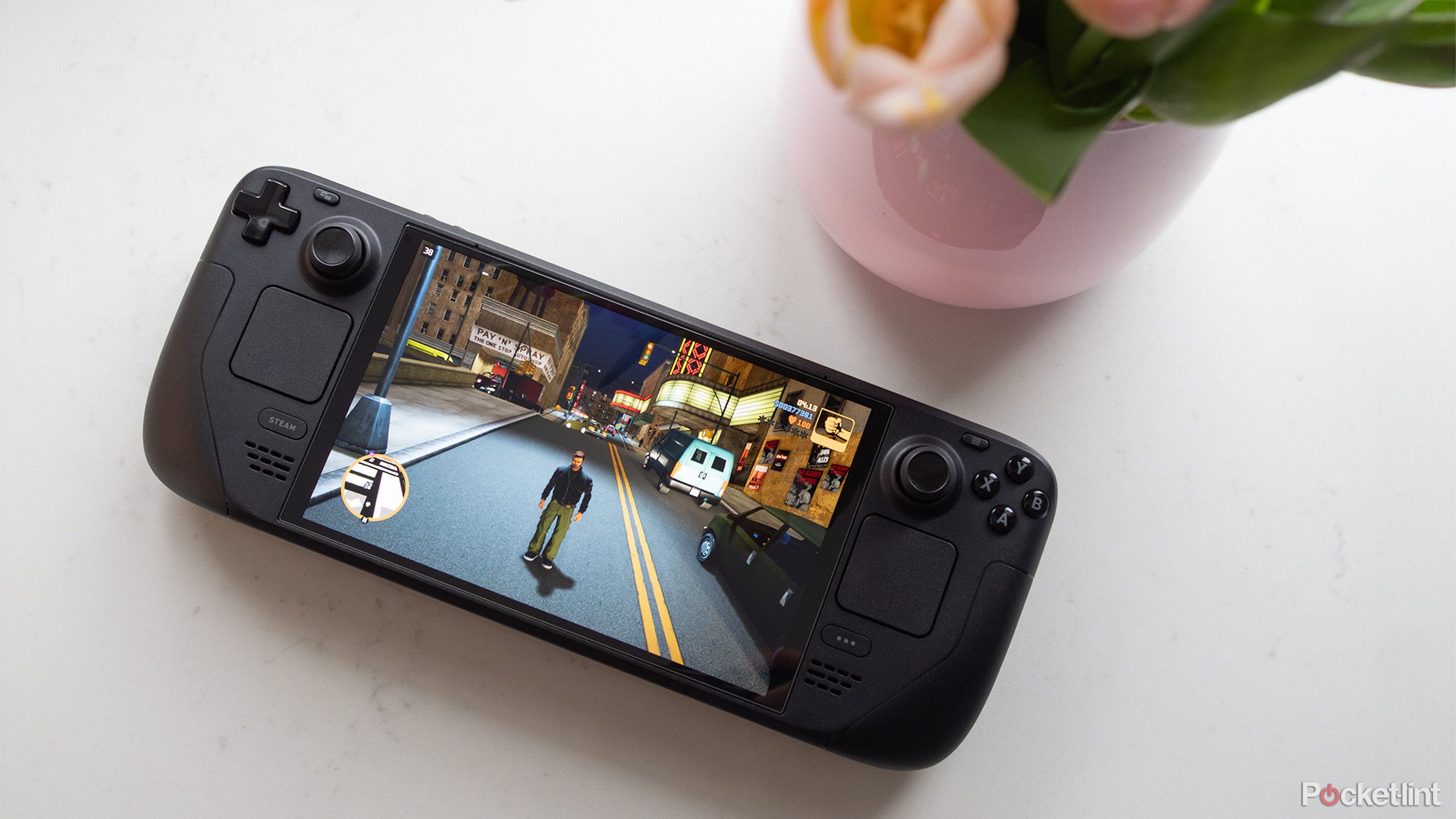
Related
The ROG Ally X is great, but the Steam Deck OLED easily beats it in 4 key ways
I like the ROG Ally X, but when it comes to on-the-go gaming, I find myself turning to the Steam Deck OLED – here’s why.
Don’t sleep on mid-range TV manufacturers
TCL and Hisense have really stepped their game up in the last few years
Back in late-2023, it was time for me to buy a new TV (my roughly 7-year-old Vizio M50-E1 was starting to suffer from panel issues). Since I live in Canada, Vizio wasn’t an option anymore given the company left the country a few years ago. If I wanted to stick with a reasonably priced mid-range set that cost a little over $1,000 CAD, my only viable choices were TCL and Hisense.
Since I do most of my gaming on a 120Hz HDMI 2.1 LG Ultragear 27GP950-B monitor in my office, I don’t need my TV to have the absolute best picture possible. Don’t get me wrong, I watch a lot of TV, but once the panel crosses a certain quality threshold, I’m good. I didn’t always feel like this, though. At one point, my living room TV was the center of my entertainment world, but my habits have changed over the years, and while I’ve recently started playing more cooperative games like Split Fiction on my PS5 in my living room, the majority of my gaming is done in my basement office.
I didn’t really care about the operating system since I’m firmly planted in the Apple’s ecosystem and planned to plug my Apple TV 4K into the television.
With this in mind, I still wanted the TV I ended up buying to support HDMI 2.1 for 4K 120Hz gaming with my Xbox Series X and PlayStation 5 (just in case I decided to occasionally game in my living room, which I still do sometimes), HDR10, and, if possible, Dolby Vision high dynamic-range. I didn’t really care about the operating system since I’m firmly planted in the Apple’s ecosystem and planned to plug my Apple TV 4K into the television. This means AirPlay 2 support doesn’t matter much to me since I can get it directly through my Apple TV.
There are some annoying limitations with mid-range TVs, though. For example, a lot of them only feature 1-2 HDMI 2.1 ports and, in some cases, one of them is often HDMI-CEC, which a lot of people use with their sound bar. To get around this problem you can always purchase a relatively cheap HDMI 2.1 switch in order to plug all of your devices in at once.
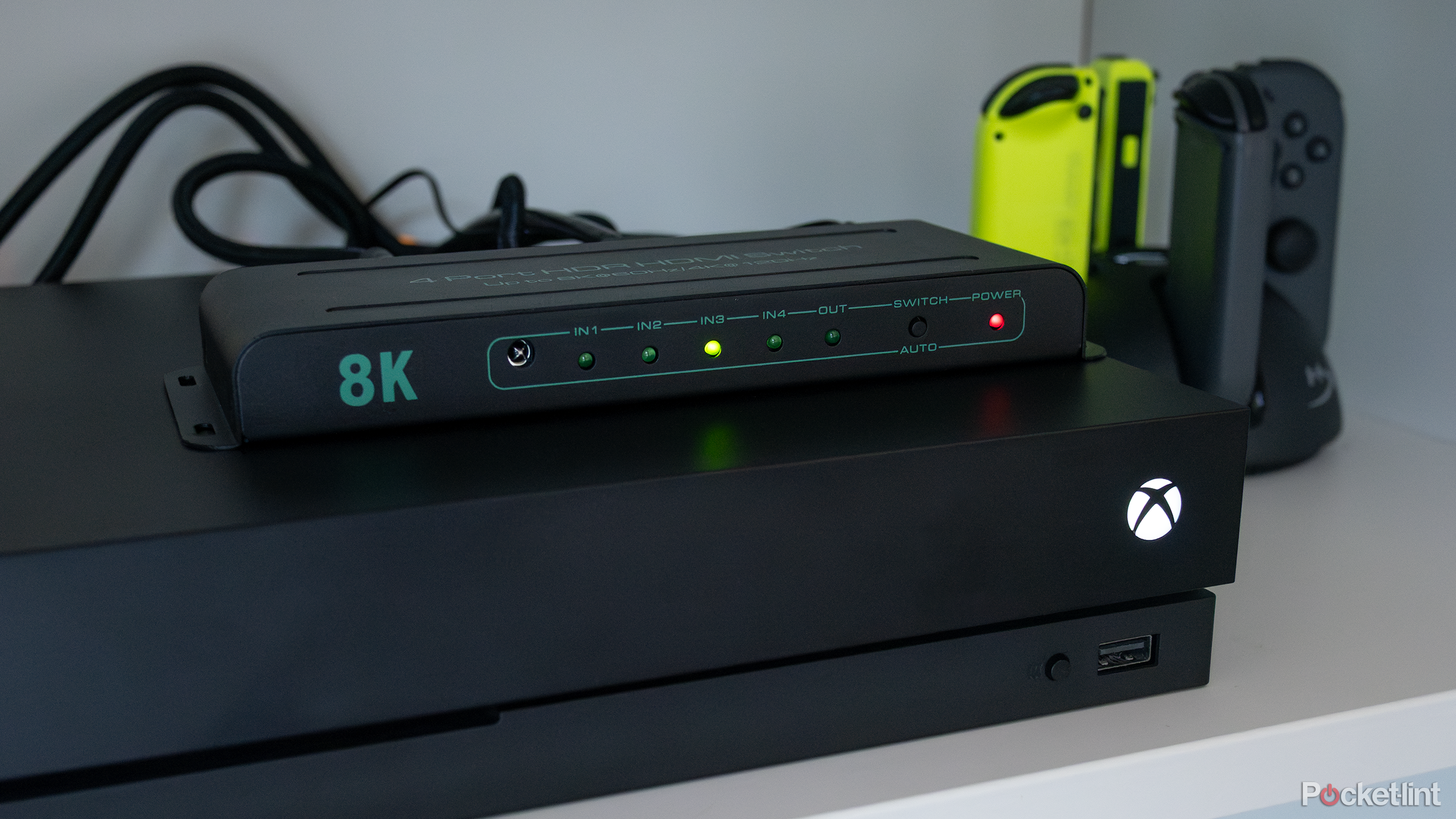
Related
This $40 HDMI accessory saved my sanity
Who knew this tiny, relatively cheap device could solve all of my TV connection woes?
Mini-LED might not be as bright as OLED, but it’s still pretty good
A lot of mid-range TV makers opt for mini-LED as a cost-saving measure
After a lot of research, I ended up getting my hands on Hisense’s 55-inch mid-range U8H, which at the time, cost $1,200 CAD (about $845 USD). While it’s not an OLED TV, it features mini-LED screen technology. Its blacks are deep and there are ample local dimming zones, but there is a bit of blooming with darker content. I’ve also encountered weird grain with darker low bitrate streams.But generally, the picture is spectacular whether I’m playing the occasional game or watching a TV show/movie, and at times, almost too bright — I’ve been using it for well over two years now and have very few complaints. When I’m watching TV at night, the U8H lights up my entire living room, so I can’t imagine how blinding an OLED TV would be.While you can still buy this particular Hisense TV on Amazon, the 2025 version is the U8K, which replaces the year prior’s U8H (the TV I own). It seems like the same TV with very few changes, including the fact that it still only features 2 HDMI 2.1 ports. TCL also has a well-reviewed mini-LED TV, the 55-inch QM751G TVthat’s comparable to the company’s TVs I was looking at a few years ago.
You’ll likely be surprised by the quality and features mid-range TVs offer.
With some mid-range TVs from Chinese manufacturers, the difference between a top-end TV and a mid-range set is so negligible that most people won’t even notice the quality. It often comes down to features like the TV’s internal chip being faster, additional HDMI 2.1 ports, slightly better brightness, a wider color gamut, and a higher refresh rate panel. In some cases, the difference between a high-end and a mid-range TV can be as simple as how thick it is (a lot of mid-range televisions are pretty chunky).If you don’t aim to game on your TV and only plan to watch TV shows and movies, many of these features aren’t necessary. It ultimately comes down to what you plan to do with your television.With all of this in mind, the next time someone tells you that you have to opt for a pricey, high-end LG or Samsung TV if you want a feature-rich, great television, check out some of the industry’s mid-level players first. You’ll likely be surprised by the quality and features mid-range TVs offer.
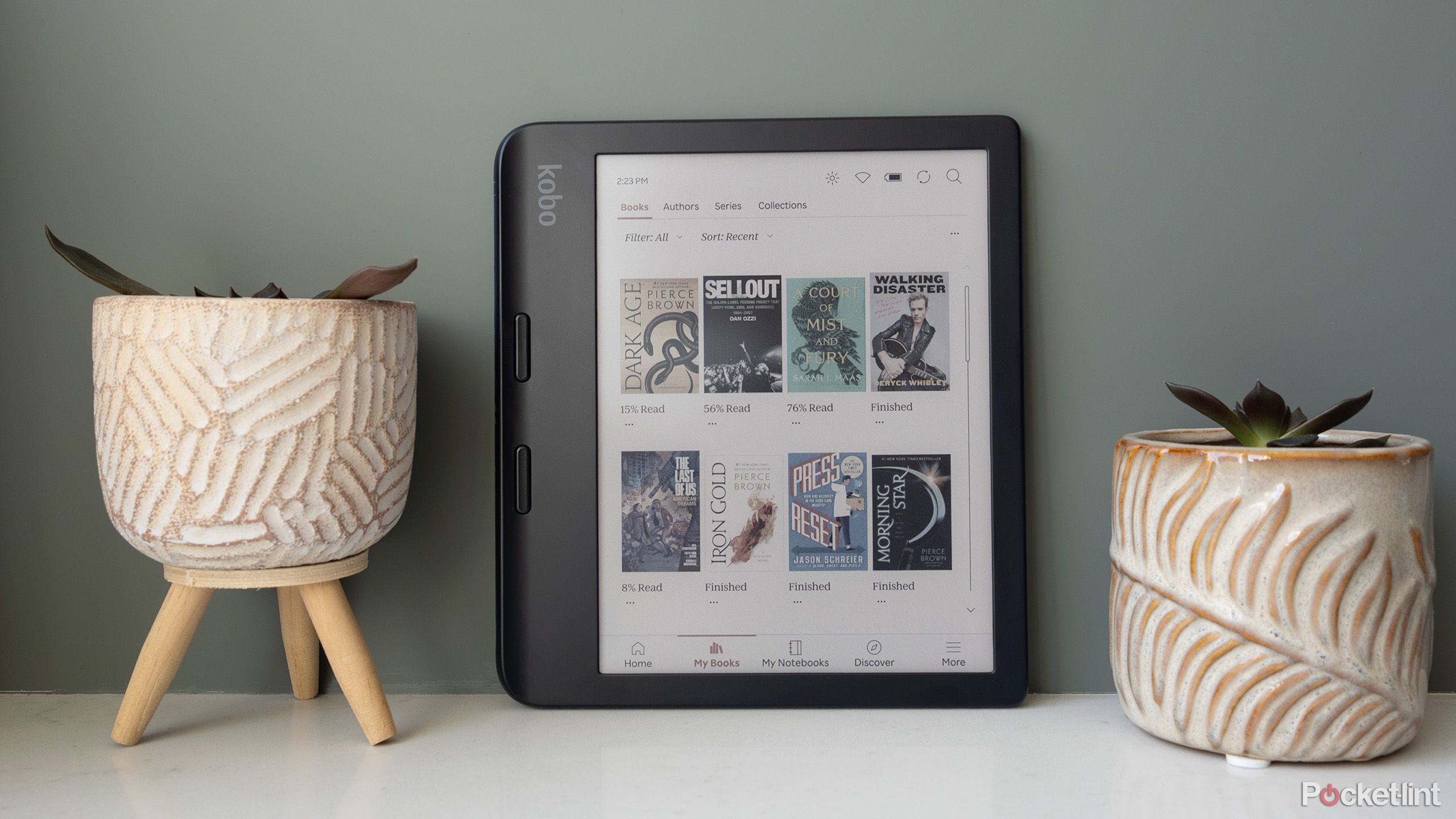
Related
5 super-handy Kobo features that make reading effortless
Whether you’re new to the world of Kobo or a recent Kindle convert, these are straightforward tips every e-reader user should know.


